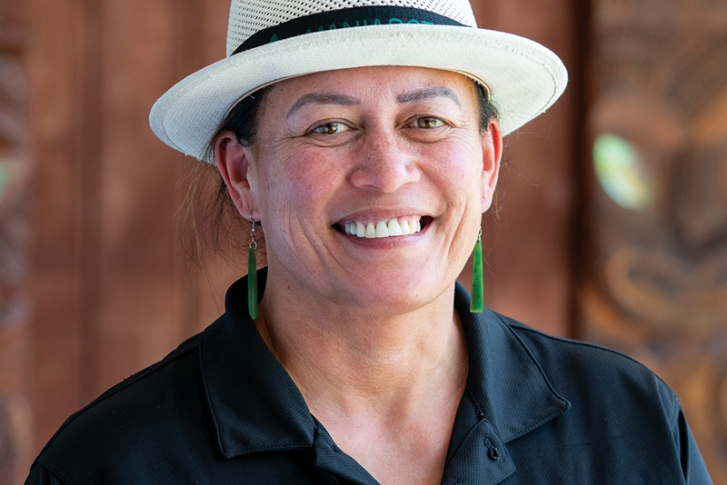For Maniapoto, repo (wetlands) are highly valued as a traditional resource and are an integral component of the ancestral landscape. With only 10% of repo remaining in the Waikato, repo loss and the associated loss of resources and knowledge is a distinct issue for Ngāti Maniapoto.
What’s this project about?
Through the Te Wai Māori fund Ngā Repo o Maniapoto is a collaborative project between NIWA and the Maniapoto Māori Trust Board (MMTB) Whanake Taiao team that looks to develop an inventory of repo and puna (springs) for the Maniapoto rohe. This inventory will support the development of a framework to prioritise repo restoration efforts within the Maniapoto rohe which is distinctively based on mātauranga-a-iwi, values, uses, associations, resources and opportunities.
Developing a wetland inventory and restoration framework
In the first instance we worked with one of seven Regional Management Committees (RMCs) in the Maniapoto rohe, Ngā Tai o Kāwhia RMC. Two methods were employed to develop the inventory and the framework; interviews and wānanga.
Interviews with key knowledge holders
The identification of existing repo involved interviewing kaumātua and key knowledge holders, regarding the location, size and significance (e.g. fisheries, function, cultural state, use) of repo and puna as well as the desire for restoration to occur.
An eBeam participatory mapping system was ulilised to capture this information. The eBeam is a digitise-as-you-go, interactive mapping tool that allows participants to map their sites digitally on a projected image. This method was used in both one-on-one interviews as well as in a group mapping session during wānanga at one of the Kāwhia marae.
Restoration framework wānanga
The framework for prioritisation of restoration was developed through two wānanga and reflected how/in what order hapū would like restoration of these sites to occur.
In the first wananga held in November 2016 a combination of social science and kaupapa Māori methods were used to encourage iwi members to explore what key things make a site important to them, and how they might make decisions about the order of restoration. The mātauranga shared then formed the basis for developing the restoration priorities framework. With the resulting framework giving each repo or puna a designated priority from 1 – 3 indicative of the desired order of restoration based on iwi priorities.
The second wānanga was an opportunity for the framework to be presented to the RMC and feedback sought on how it could be altered or improved to reflect their desires. The framework was well received by the RMC who felt it captured key aspects in prioritising restoration efforts of their repo and puna.
Resulting Framework
With the resulting framework and hapū determined priorities, the MMTB Whanake Taiao team and Ngā Tai o Kāwhia RMC are now able to more effectively plan and strategically restore the wetlands with the region.
Future research
NIWA and MMTB successfully submitted a further funding application to the Vision Mātauranga Capability Fund to continue this work over the next 12 months. With this funding we will be working together with additional RMCs, to develop a wetland inventory and restoration framework for their regions within the Maniapoto rohe.



